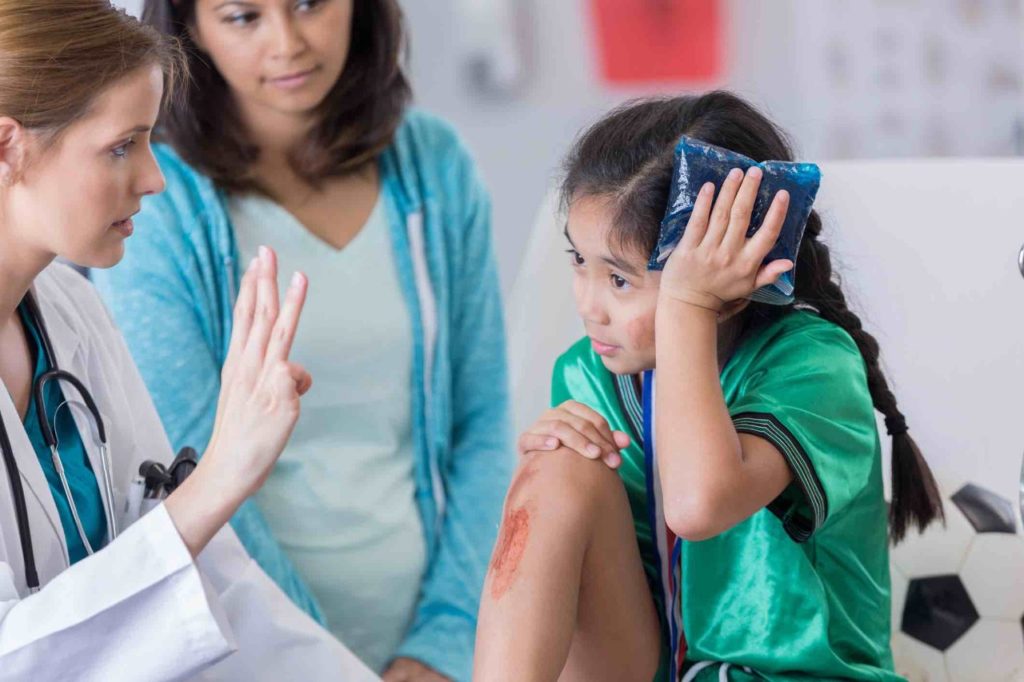Pediatric Trauma & Burns
Pediatric Trauma & Burns
Trauma in children refers to a traumatic injury that happens to an infant, child or adolescent. The care and treatment of this group change due to anatomical and physiological differences between children and adults.
Burns are tissue damage that results from heat, overexposure to the sun or other radiation, or chemical or electrical contact. Burns can be minor medical problems or life-threatening emergencies.

The treatment of burns depends on the location and severity of the damage.
Cleaning the skin and placing medication and dressings over the burn are the first steps in treating a pediatric burn injury .
After the medical evaluation, cleaning and dressing of the wounds is advised. Then immediate concerns are controlling physical dangers, starting intravenous lines to replace lost fluids and providing actual wound care.
Burn patients need specialized care to restore body fluids and are very vulnerable to infections. Additional care is required to avoid persistent scarring, deformity, and dysfunction caused by severe burn injuries.
Some of the treatments pediatric burn patients can receive include:
Replacement Fluids
Bodily fluids leak out when the skin is burnt. These fluids that have been lost must be replenished. Fluids are replaced through an IV in cases of severe burns. The infusion pump equipment delivers replacement fluids into the body in accurate proportions.
Edema Treatment
Edema refers to swelling. Swelling might occur simply around the burnt region or it can be systemic, affecting the whole body. The larger the burn, the greater the swelling will be. After a few days, the swelling should begin to subside after treatment.
Breathing Support
It may be necessary to assist the patient’s breathing. This may be accomplished with a simple oxygen mask or a tube. The introduction of a tube straight into the windpipe via the patient’s mouth or nose is known as intubation. The patient can breathe via this tube but cannot talk since it is located below the vocal cords. A ventilator may be added to the tube if required to help with breathing.
Nutrition Monitoring
A child who has experienced a burn needs more calories since their body’s metabolic rate goes out of control. To compensate for the burn damage and to begin the healing process, the metabolism accelerates. A feeding tube may be placed into the stomach via the nose for feeding purposes.
Collagen Dressing
Very useful in treating burns which should be applied within 48 hrs of the burn injury. Collagen dressing sticks to the wound easily. It prevents infection and scar formation. Falls off automatically as the wound heals.
Skin Grafts
Skin grafting is a surgical procedure during which skin is moved from one area of the body to another that has sustained a burn. There are several types of skin grafts:
Allograft – Allograft, , is applied as a temporary biological dressing to a cleaned (excised) lesion. Surgical staples hold these in place.
Autograft – An autograft is skin extracted from a burn patient’s unburned region. It is used as a long-term substitute.
Dr. Adwait Prakash is an expert in Pediatric Trauma Burns treatment practicing in Indore.
To book your appointment Call: 8889588832.
